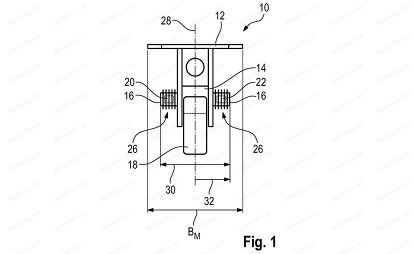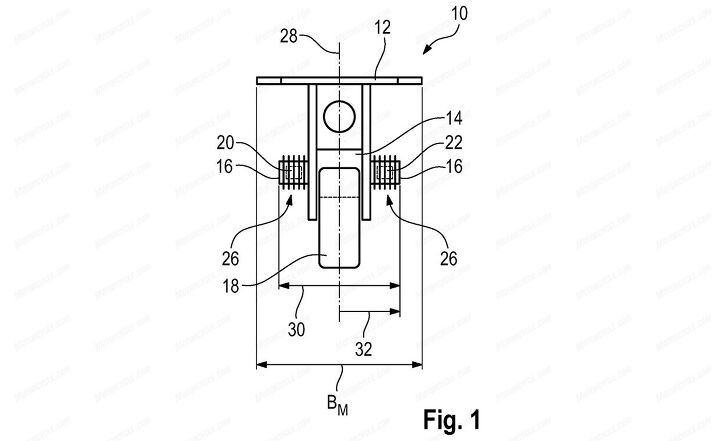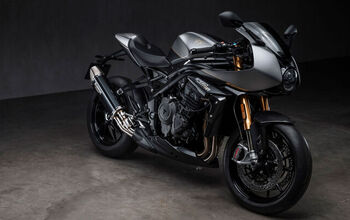BMW is Working On An Electric Boxer Motorcycle

BMW's electric future may have a nod to its past
BMW released its second electric scooter earlier this year in the CE 04, and has made clear it plans to produce more electric two-wheelers in the near future. Oliver Zipse, chairman of the board of management for BMW AG, recently went as far as to say BMW Motorrad will introduce a new electric two-wheeler every 18 to 24 months, with the next model coming in 2023.
While the initial models will be scooters or “urban mobility vehicles,” BMW is expected to eventually add electric motorcycles to its lineup. The company has already registered multiple trademarks for the names DC 01 through DC 09 for use with motorcycles, with the expectation they will be electric.
And now, thanks to a recently published patent application, we have evidence that BMW is working on an electric motorcycle that borrows a key element of its heritage: a Boxer engine.
The concept had a large battery that made up the bulk of the chassis with two cooling elements protruding from either side, giving it the same general shape of a BMW Boxer engine. Instead of two opposed engine cylinders, the Vision DC Roadster had the side elements housing cooling ribs and fans. The protruding elements were even movable, designed to extend slightly when the motor is started.
While the concept was not intended for production, the idea of having a battery and its cooling elements forming the shape of a Boxer engine remained with BMW, as revealed by the new patent application.
The patent describes a central unit housing with two protruding cooling elements that form a shape resembling a Boxer engine. Unlike the Vision DC Roadster, these elements are fixed heat sinks made of aluminum and covered in cooling fins, resembling an air-cooled Boxer engine’s cylinders.
One of the “cylinders” would house components like the inverter and the charging electronics. The other would contain parts of an internal liquid-cooling system for the battery and motor. With this arrangement, the two protruding elements would be cooled by the airflow of the motorcycle in motion, the same way a Boxer engine’s cylinder are cooled.
A large portion of the patent describes the size and positioning of the two “cylinders”. The overall width of each “cylinder” (BK in the Fig 2) is about 40 to 50% the width of the width of the central body (BG). Altogether, this body forms about 75% of the maximum width of the motorcycle as measured by its handlebars (BM in Fig. 1 above).
The protruding elements would each be about a third the height of the main body, and positioned at about the same height that a Boxer’s cylinders would be. This would place them in a similar position in front of a rider’s legs, and at a height that would provide enough ground clearance for a decent lean angle.
If the patent results in a production model (which itself is no sure thing), BMW would have an electric motorcycle that pays homage to its past and its signature Boxer engine.
Become a Motorcycle.com insider. Get the latest motorcycle news first by subscribing to our newsletter here.

Dennis has been a part of the Motorcycle.com team since 2008, and through his tenure, has developed a firm grasp of industry trends, and a solid sense of what's to come. A bloodhound when it comes to tracking information on new motorcycles, if there's a new model on the horizon, you'll probably hear about it from him first.
More by Dennis Chung





































Comments
Join the conversation
Out on my Beemer today (R9T Urbane GS), when a Tesla passed me on a long straight, in a way that made it clear the Tesla had electrons to spare. Electricity is the future for vehicles, pretty much everything else, it appears. I'd love an electric motorcycle, but need an honest 200 road miles range & reasonably quick charging. Zero seems to be inching toward that, but a really major producer like BMS could really accelerate development of our motorcycles of the future.
"major producer like BMS could really ".....I meant BMW, of course.